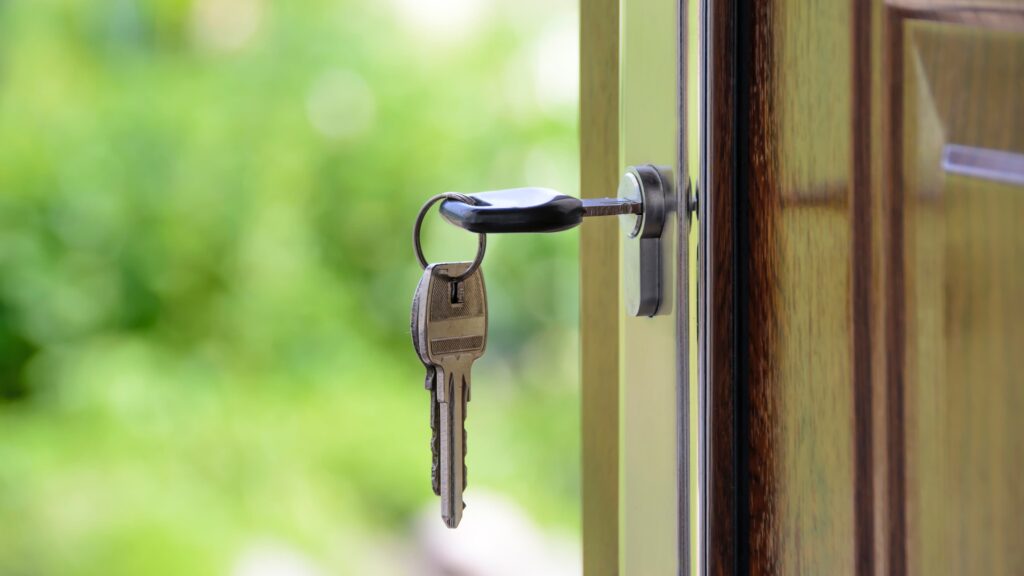Law in owner and housing cooperatives
Good advice for the board on exclusion

Law in owner and housing cooperatives

Exclusion is one of the most drastic actions a association can take against a member. It can have significant consequences for both the individual member and the community within the association. But when is exclusion necessary, and how can you ensure that the process is handled correctly? In this guide, we dive into the rules for exclusion and provide concrete examples of what can happen when the rules are not followed.
In short, exclusion means “removal from a community or context.”
It is quite common for a housing cooperative to include provisions for exclusion in its bylaws, and with the new Condominium Act (and the new Standard Bylaws), it is now also possible for owner associations to decide on exclusion.
An excluded cooperative member is simply forced out of the association from the moment of the exclusion decision. As a non-member, they lose influence and cannot claim any “rights” within the association. The member must immediately vacate the apartment they previously had the right to use, and must accept that the board of the association will sell the share. The cooperative member is only entitled to receive any potential profit from the sale.
An excluded condominium owner similarly loses their right to influence the association. However, since exclusion also means that the former member loses ownership rights to their own condominium (real property), the law specifies how an exclusion case must proceed. There are legally prescribed rules ensuring that, in the event of the member’s objection, a judge must determine whether the grounds for exclusion are “justified.” The decision on exclusion is only final when the court’s ruling is final, meaning that if the member contests it, the case must be reviewed by the courts.

The decision to exclude a member has significant consequences, which is why it is important to highlight some fundamental principles in both owner and cooperative housing associations:
When it comes to excluding a cooperative member, there are no general rules governing when a member can be excluded. Therefore, it is always the association’s bylaws that determine when and under what guidelines exclusion can occur. These bylaws vary from association to association. Typically, it states that a cooperative member may be excluded for grossly neglecting their obligations.
What is crucial is that the board carefully reads the association’s bylaws regarding exclusion and adheres to the required formalities. Key focus points typically include:
Is the member’s behavior (active or passive) mentioned in the bylaws as a valid reason for exclusion?
Has the member been given an opportunity to change their behavior through warnings or demands?
Has the member been made aware that failure to comply with the warning may result in an exclusion decision?
Has the decision been made by the appropriate authority (usually the board)?
Has the decision been recorded in the minutes, indicating the number of participants and the voting result?
Has the decision been formally communicated to the member, with a reasonable deadline for vacating the property?
If all formalities are followed, and the cooperative member still does not comply with the demand to vacate, the association can request the bailiff’s assistance for physical eviction. In this situation, it is crucial that all formalities are in order, and most importantly, that the grounds for eviction are based on a valid exclusion decision.
A recently published court ruling serves as an example of how things can go wrong if the grounds for eviction are not fully understood.
In short, a cooperative member was in payment default. The default was brought to the bailiff’s court with a request for eviction. The association’s lawyer had recently informed the member that continued non-payment could lead to an exclusion decision, but no such decision was ever made. The bailiff ruled that the “tenant” should be evicted, and the member’s lawyer appealed this decision to the High Court.
The reason was that no exclusion decision had been made, and therefore the grounds for eviction were not valid. The association realized that it had requested eviction on the wrong basis, withdrew the case from the bailiff’s court, and allowed the member to move back in. The High Court referred the case back to the bailiff’s court for reconsideration, including the determination of costs and a “compensation for distress” since the member had been effectively evicted from their apartment for nine days, and their belongings had been destroyed.
Exclusion of a condominium owner requires that the violation or violations are of a particularly serious nature. This could be due to the owner, or others the owner has given access to the apartment, committing serious dereliction of duty towards the association or other owners. Additionally, exclusion can occur if the owner repeatedly neglects their obligations despite warnings.
The entire process for an exclusion case is outlined directly in the Condominium Act (reiterated in the Standard Bylaws). It is based on fundamental principles of legal protection, making it a somewhat lengthy process. An exclusion case is only legal if all the prescribed formalities in the law are followed, and it is expected that exclusion cases will almost always require legal assistance.
The possibility for excluding a condominium owner is new, introduced in the Condominium Act from July 1, 2020. For this reason, case law is almost non-existent, but from the legislative preparatory work, we know that this sanction is intended as an absolute “last resort,” and it will require that the owner’s misconduct is considered to be of a particularly or especially serious nature. The committee has assumed that the behaviors justifying a decision for fines under the law must first have been decided once or twice, after which continued misconduct could potentially justify an exclusion decision.
DEAS is aware of a non-publicized district court ruling regarding the exclusion of a condominium owner. Naturally, we cannot go into detail, but even in a “not fully detailed” version of the case, with all party and witness statements, it spans 58 pages.
The ruling upheld that the condominium owner must acknowledge being excluded due to a prolonged period of incidents/episodes, each of which could be documented to have been followed up with concrete warnings and demands, none of which the member complied with or changed their behavior.
There were many incidents, and two other members, in particular, as well as the board chairman, had been subjected to “serious accusations, name-calling, etc.” Many of the member’s subjective assessments were also sent to public authorities, including the police.
We recommend that you, as the board, always consult with the administrator on exclusion cases. At DEAS, you will receive advice from our legal department, which can assist with matters such as wording and processing related to exclusion questions.
Property management
Book a meeting with Client Manager, Susanne Randrup Madsen, at tel: +45 39 46 63 99 or email: srm@deas.dk, and discover how our solutions can streamline your daily workflows, enhance communication, and give you more time for what truly matters. Let us show you how DEAS can make a difference in your association.
Skriv til vores Client Manager, Susanne Randrup Madsen